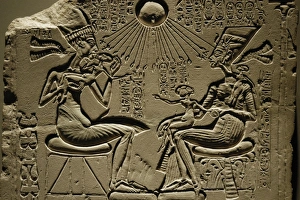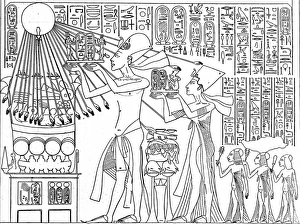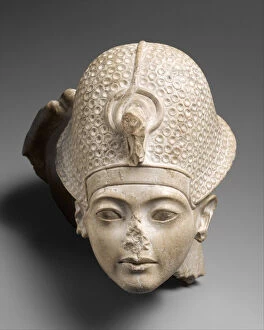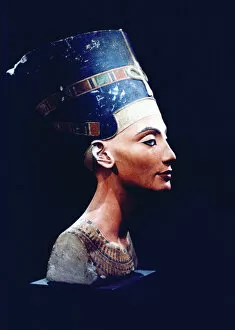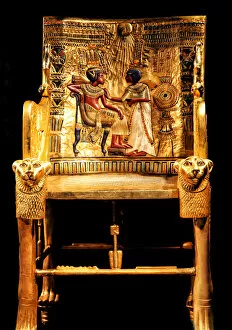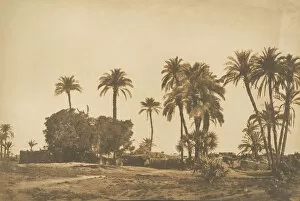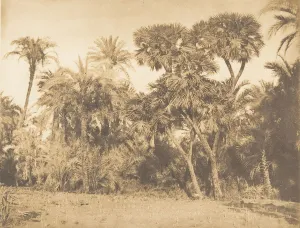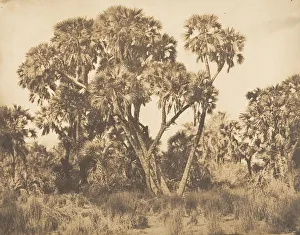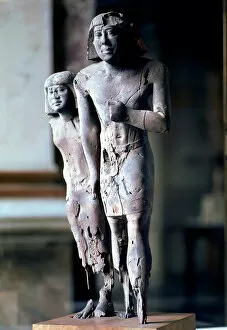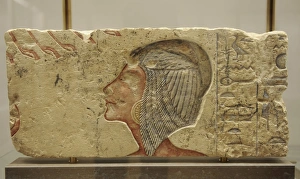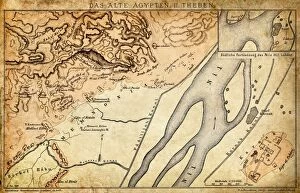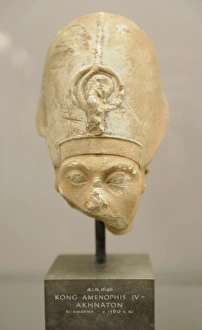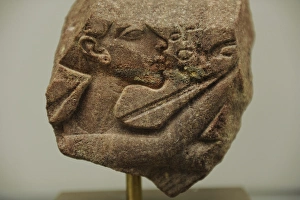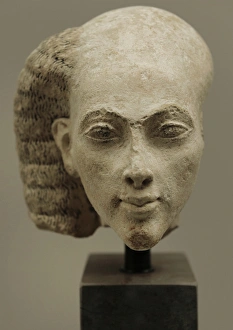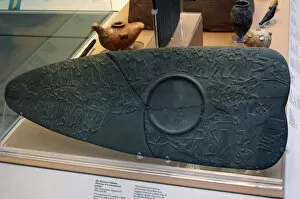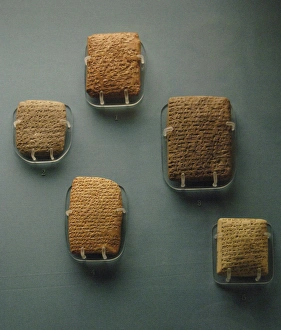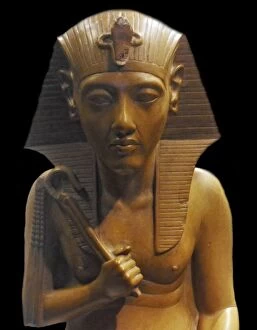Amarna Collection
"Discover the Enigmatic World of Amarna: A Glimpse into Ancient Egyptian Art and Culture" Step back in time to the fascinating era of Amarna
All Professionally Made to Order for Quick Shipping
"Discover the Enigmatic World of Amarna: A Glimpse into Ancient Egyptian Art and Culture" Step back in time to the fascinating era of Amarna, where art and religion merged to create a unique artistic style that still captivates us today. This relief depicting Akhenaten, Nefertiti, and their three children offers a glimpse into the royal family's daily life, showcasing their devotion to each other. Witness King Akhenaten and Queen Nefertiti making a sacrifice in honor of their gods. The intricate details on this polychromatic bust of Nefertiti from the 19th Dynasty transport us directly to this ancient city. Immerse yourself in the world of Pharaoh Akhenaten as you admire his majestic head sculpture found in El-Amarna. This powerful ruler left an indelible mark on Egyptian history with his radical religious reforms. Princess Meritaten, daughter of Akhenaten and Nefertiti, is immortalized in this exquisite relief from the Amarna Period. Marvel at her beauty and grace as she gazes upon us through centuries. Explore beyond royalty with artifacts like an ancient fish-shaped bottle—a testament to Egypt's rich cultural diversity—showcasing its craftsmanship and creativity. Delve deeper into history with a ring bearing Ankhkheprure's name (Smenkhkare), offering insights into New Kingdom politics during Dynasty 18 reigns. Uncover secrets hidden within its delicate design. Observe foreigners participating in a grand procession captured on painted limestone—an intriguing glimpse into diplomatic relations during c. 1345 BC—an era when cultures collided for mutual benefit. Marvel at the intricately carved limestone lattice window—a true architectural marvel that adorned homes during Amarna's heyday—allowing light to filter through while maintaining privacy. Unearth knowledge through Schem tablet discovered in Amarna; made from clay around c.

